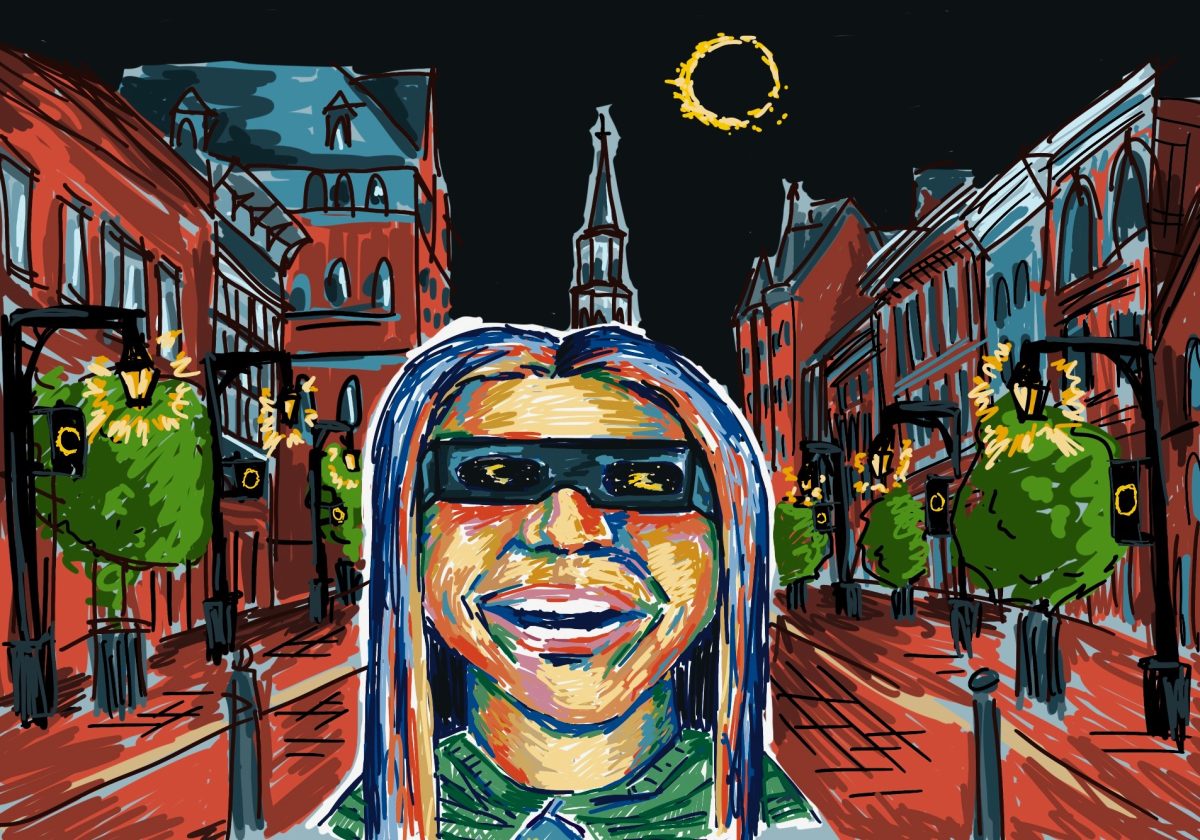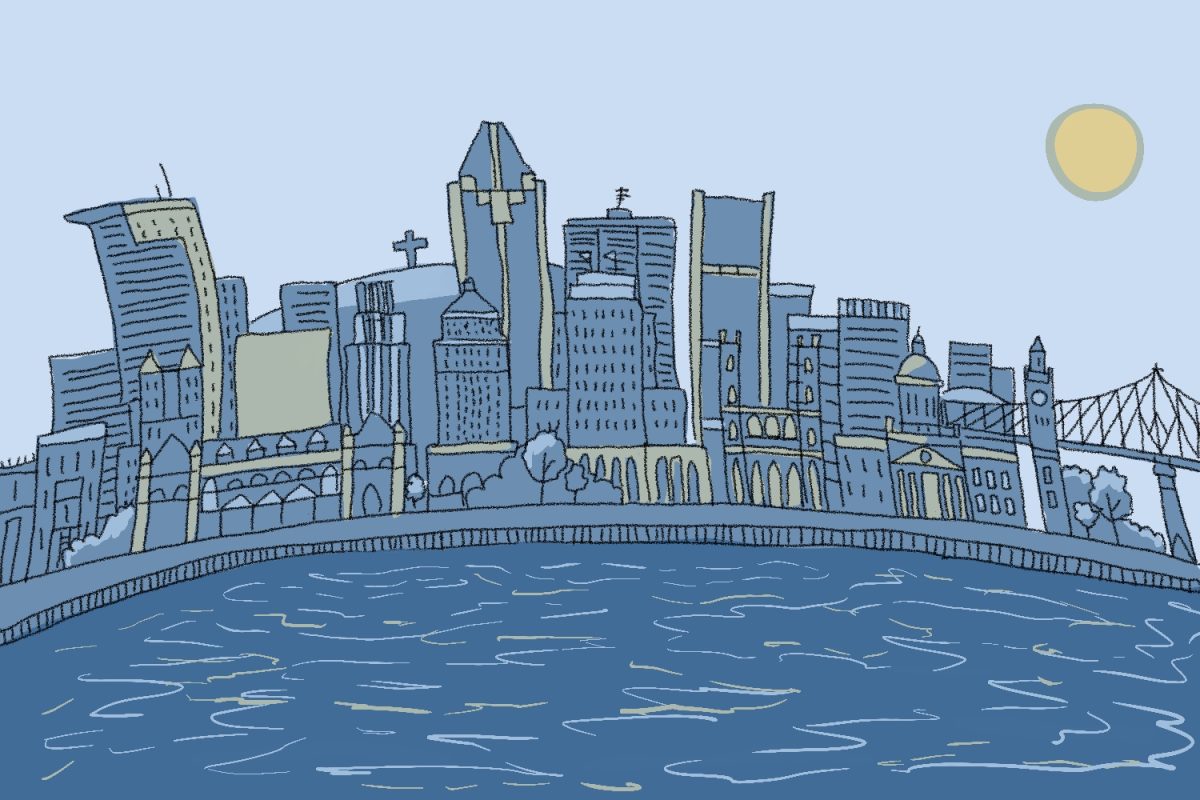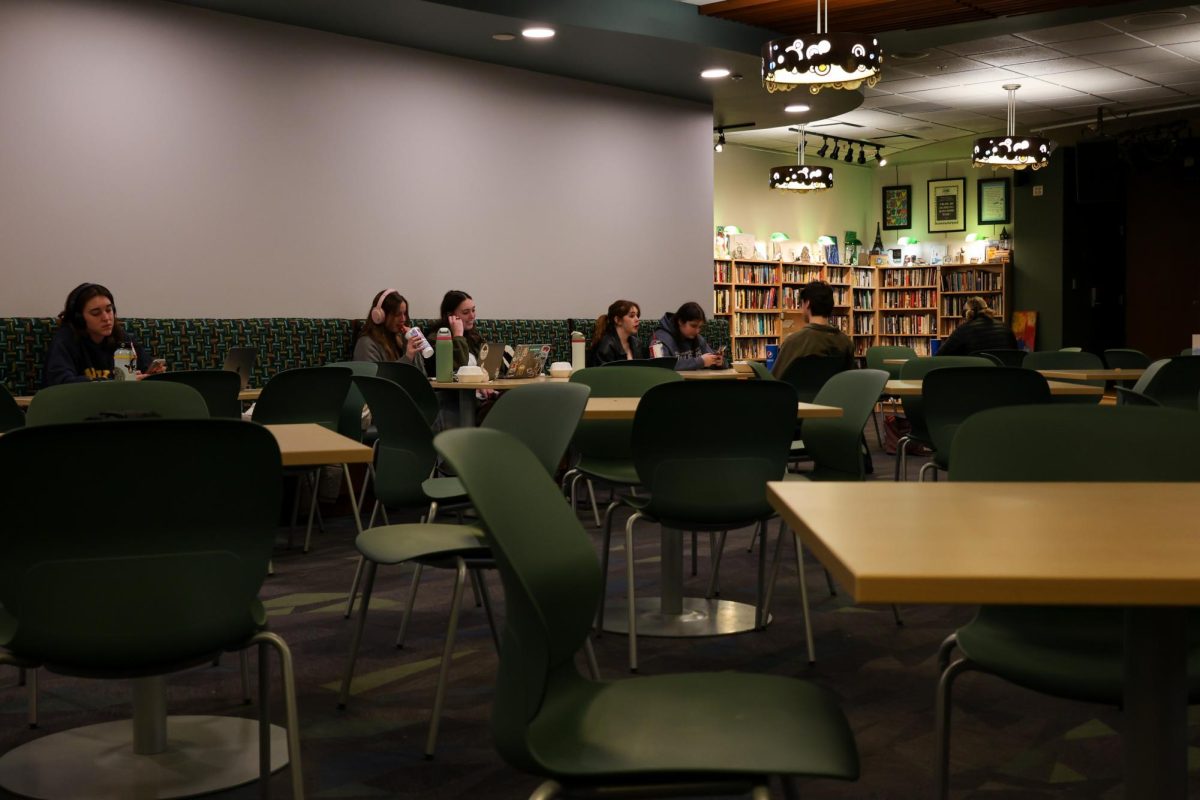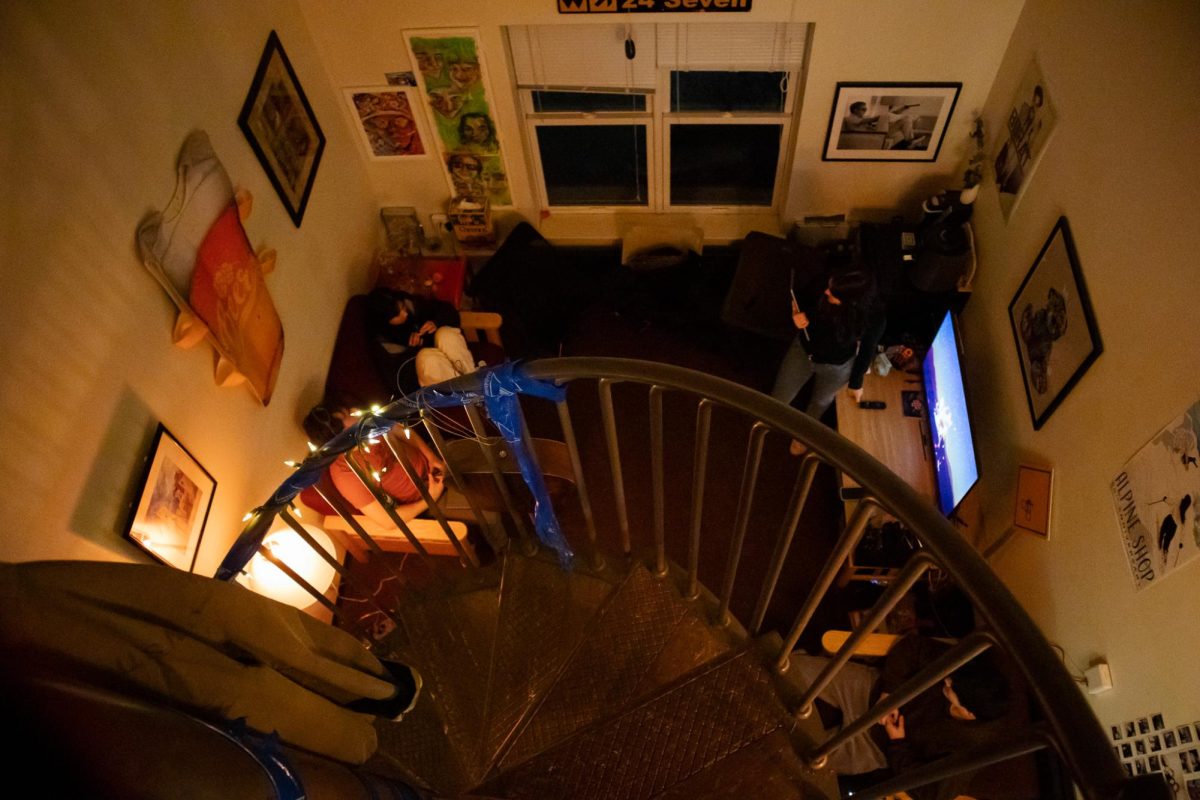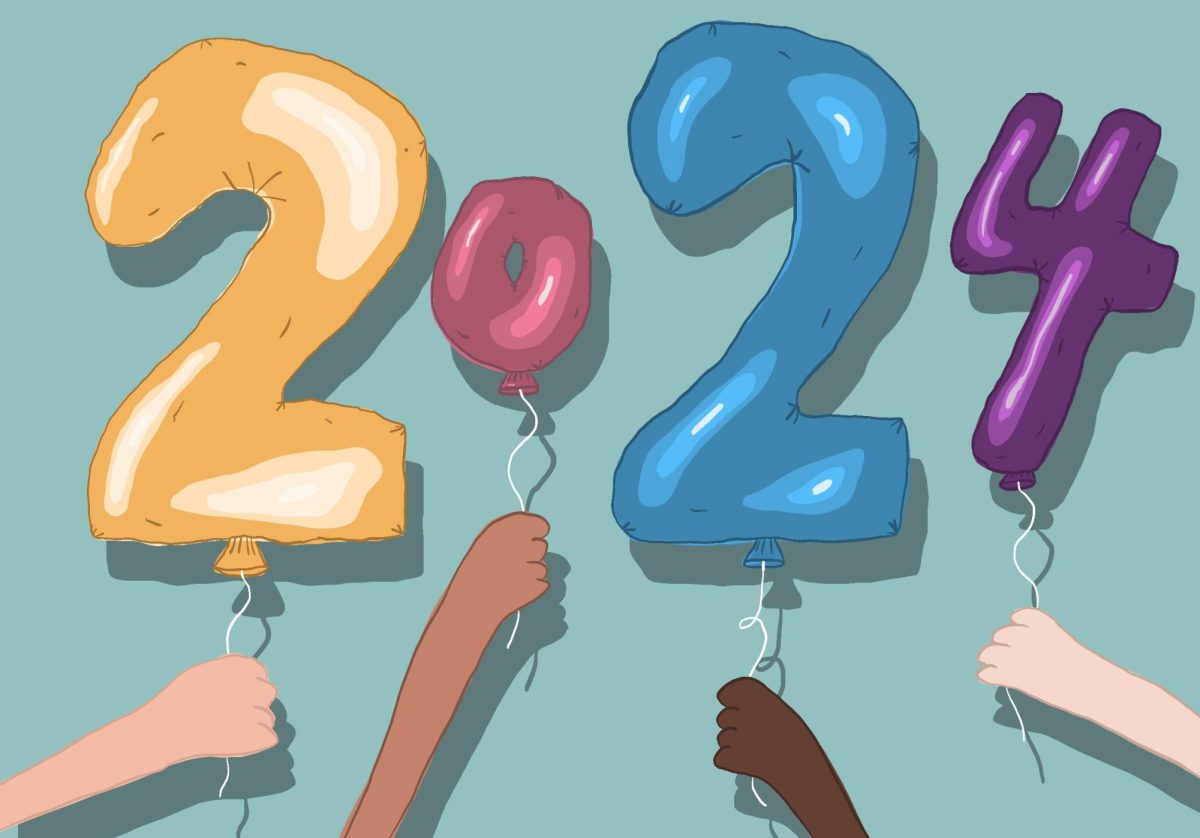“Here comes a couple of problems walking up the street right now,” says Matt Young as he extinguishes an early afternoon cigarette and proceeds toward two of Church Street’s residents he has come to known well. “We see this a lot downtown. There are many people here with unmet social service needs, but we are also here to deal with the overflow – everyone who can’t be processed by other service providers. That’s why we’re here.”
The “we” to which Young refers is the four person Community Outreach Team he created five years ago in response to an overwhelming demand from downtown businesses and area response services. Since the Outreach Team has been canvassing Church Street and its surrounding areas it has made over 7,700 documented contacts designed to evaluate the “mental status and behavior” of Burlington’s at risk population. The Outreach Team has developed a system of categorizing the mental and behavioral state of every individual involved in a documented contact.
“We work on a level system that ranges from one to five. Level one means the person is agreeable, non-aggressive, and generally shows few signs of acute mental illness. Level five is the other side of that, where generally we see agitation, paranoia, and in some cases, violence.”
The Outreach Team workers on a four level system that is comprised of documented contacts, outreaches, consults, and referrals. Documented contacts are any engagement where the team has a positive effect on any “individual’s level of functioning within the community.” Outreaches consist of incidents where the team is called to a specific location to provide assessment and de-escalation of an individual for clients and citizens. Consults are those instances where a team member “coordinates services for an individual where none would otherwise exist.” Referrals occur when a team member recommends individuals to “facility-based services.”
Young has dealt with many people and many incidents over the past five years. Interaction with these people have ranged from the friendly and familiar, to what Young describes as “traumatic.” It was the latter that provided one of Young’s more colorful stories about his time with the downtown population.
“It was one of the first summers I had been working on Church Street. There was a naked man lying in the middle of [Church Street] masturbating. He was creating a huge problem for everyone who saw him. I had to walk over and tell him to put his clothes on while I waited for the police to show up.”
Outreach Team member Tammy Boudah has also witnessed and dealt with a number of unsettling incidents. “There was even a man who had been seen walking around carrying a sword and wearing a bag over his head,” said Boudah. “Something like that really scares you.”
From Burlington to Los Angeles: Reaching Out
The Outreach Team works mainly to prevent anti-social behavior and reduce the demand placed on emergency services in Burlington. They accomplish this through a simple, although non-traditional, method of social work: they talk to people.
More specifically, they walk Burlington’s downtown on a daily basis and interact with individuals the team has either had a history with, or individuals that demonstrate “problem” behavior. Young defines this behavior as “legally protected, although disruptive.” Conservative estimates by team members places this number above 1,000.
This “talk and walk” policy has translated into profound changes in the face and feel of Burlington’s downtown. In fact, this non-traditional approach to social work with the mentally ill and homeless has prompted a number of invitations from several cities throughout North America, to help in developing their own community outreach teams.
Two years ago, Young spoke at an international conference of downtowns where he explained his revolutionary approach to social work, and its benefits over traditionally recognized methods and conventions within the field. Young stressed the feasibility of such outreach programs in other cities such as New York and Los Angeles, citing only a need in expansion and extrapolation on the model Young has created. Although Young, whose team has made much progress within the past five years, acknowledges the effect his work has had, it is often hard won. Team members work throughout the year in all conditions, in what Young refers to as a “physically challenging job.”
“Of course it is a stressful job, and sometimes the stress gets to you. But it is also a physically demanding job that requires a significant amount of walking. It’s not for everyone,” commented Young.
Funding
The Outreach Team was originally funded through a combination of several agencies and interests that included downtown businesses and local government.
The Burlington Free Press even referred to the group as “The Downtown Guardians” in an October 2nd, 2004 editorial. The success Young and his group have enjoyed prompted Fletcher Allen Health Care to pledge $180,000 over the course of the past three years. Unfortunately for The Community Outreach Team, the funding from Fletcher Allen has reached its end this year, leaving these “Downtown Guardians” searching for private funding. So far it has been more of a scramble instead of a search, achieving only modest success in raising money to support their program.
“It’s hard,” reflected Tammy Boudah, Outreach Team member. “Many people recognize the role we play downtown and the impact we are able to achieve, but not many organizations are willing to put up any kind of money to help us.” Added Boudah: “If we took six months off, there would be a noticeable change in the downtown environment.”
As Matt Young and his team struggles to insure the existence of their group, Young remains hopeful. “We provide a valuable service for so many people. It’s only a matter of time before [downtown businesses and services] realize what we do for the community and step in to help us. We are really here to keep the peace, and that’s what we do.”











